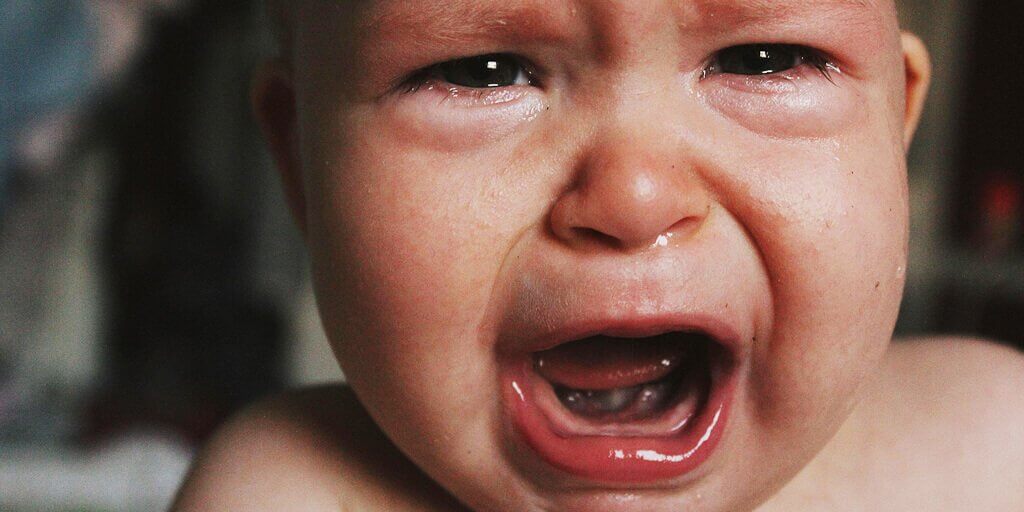What is Nasolacrimal Duct Obstruction? And what do I need to know?

Voted Best of Berks—
eight years in a row!

Your child has an obstruction of his/her nasolacrimal duct. This is a very common condition in the first few months of life and is usually not serious.
Normally, tears drain from the eye into the nose through the nasolacrimal or “tear” duct. Any blockage between the eye and the nose will cause tearing. In most infants the blockage is at the end of the tube which opens into the nose. However, in some children the entire tear duct is narrow. In other cases, small bones inside the nose may obstruct the opening of the tear duct.
Symptoms
When the tear duct is blocked the tears do not drain properly. Because of this the child’s eye is always wet with tears that “well up” and may run down the face. Often, there is a mucus buildup in the corner of the eye closest to the nose.
In addition, the tears stagnate in the tear sac. This may result in repeated mild infections. You may notice that your child frequently develops cloudy mucus or pus in the inside corner of the eye.
Treatment
There are two options for treatment for Nasolacrimal Duct Obstruction: medical and probing.
Medical – The vast majority of infants with tear duct obstruction get better all by themselves. If the obstruction persists massage and antibiotic eye drops may be necessary. Massage should be done daily. Massage is performed by firmly pressing on the side of the nose next to the eye and then rubbing downwards. Massage is an attempt to force open the thin membrane blocking the tear duct.
Probing – If the obstruction persists or is very bothersome, tear duct probing should be considered. Tear duct probing is usually done under general anesthesia. During the probing a fine wire is passed through the tear duct in order to open the blockage. No incisions are made.
Bleeding or infection are possible complications. Every effort is made to minimize these very unusual occurrences.
Recovery time is usually very quick. Most children are back to normal soon after surgery. Activity is not restricted after the procedure.
Probing of nasolacrimal duct obstruction is successful 90 percent of the time. However, sometimes the obstruction does not resolve or reoccurs. Additional procedures may be necessary. In some cases, a small plastic tube is temporarily inserted into the tear duct to keep it open. Tubes are usually effective but do require removal.
Find a Doctor
Physician information including education, training, practice location and more.
Schedule an Appointment
Call 800-762-7132 or make an appointment online.





